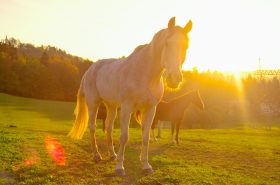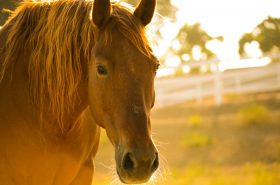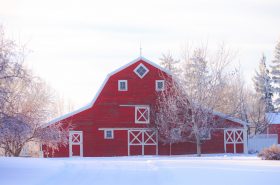Many horse owners are moving away from commercial horse feeds.
In recent years, more people have begun turning to a natural lifestyle for their horses. For some this includes barefoot trimming and a Paradise Paddock Track System, others have taken additional steps to adjust their horse’s diet. They’re moving away from commercial horse grain and feeding a forage-based diet. Pasture, hay, and pelleted hay make up a majority of what these horses consume. It’s actually quite simple to get started, and the benefits are incredible!
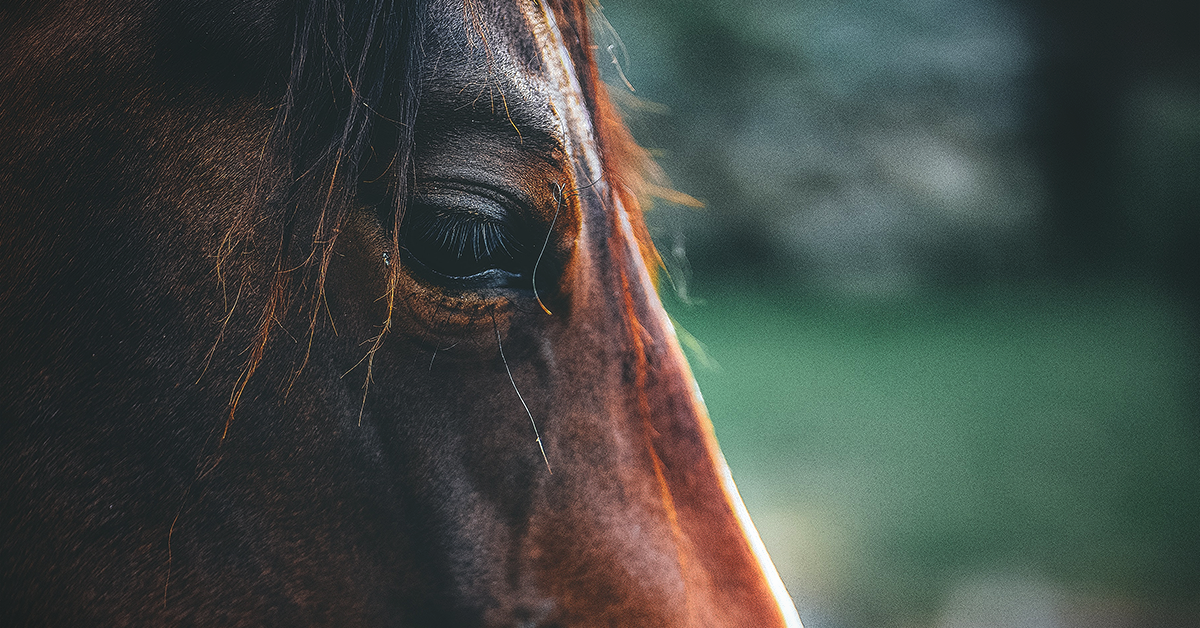
What is a Forage-Based Diet?
It can be daunting to step away from traditional horse feeds. As horse owners, we want our equines to receive all the vitamins and minerals they need to be healthy. A forage-based diet is actually most natural for them though. As grazing animals, their digestive system is designed to consume mostly forage (hay, pasture, etc.). The horses’ hindgut thrives on continuous fiber.
To simplify things, a forage-based diet consists of three parts- forage like grass, hay, or hay pellets/cubes, a mineral supplement or balancer, and extras like vitamin E and white salt. This diet isn’t just for pasture pets or those lightly exercised. It can be used by top-performance horses too! It does take some planning though.
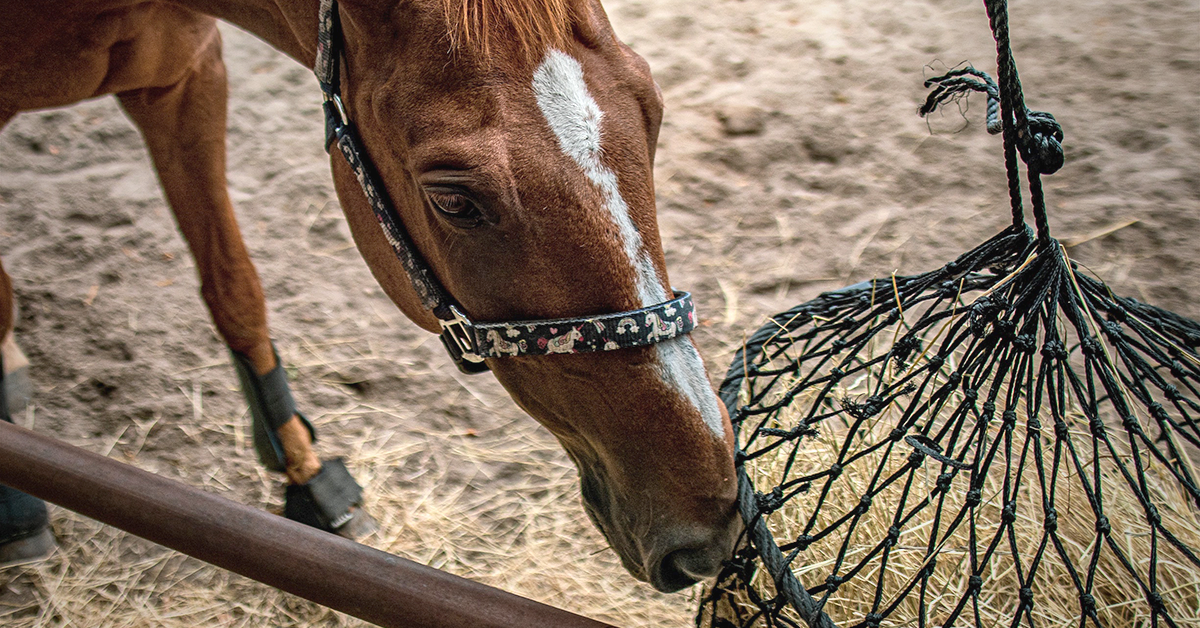
How to Get Started
Your horse should be consuming a minimum of 1.5 to 2% of their body weight in hay or pasture. If you can, make sure your horse has access to forage throughout the day. A slow-feeding hay net can extend their ration and prevent wastage.
To develop a baseline, it’s helpful to get an analysis performed on your hay or pasture. Based on the results, you can determine what supplements your horse needs to meet any deficiencies in their forage. A trace mineral balancer like Vermont Blend or CA Trace Plus is often recommended by nutritionists. Other extras include vitamin E, stabilized ground flax, and white salt. In order to feed the mineral balancer and extras, most will use a forage-based carrier like soaked hay pellets or beet pulp. This makes it more desirable for your horse to eat!
If you can’t test your hay or pasture, then consider a general mineral balancer based on the deficiencies commonly found in your area.
Special Circumstances
There are always those horses that need a little extra support. Do you have a hard keeper that has trouble maintaining weight? These horses can still be on a forage-based diet. They may need more forage, hay pellets, or beet pulp. Other extras that can be added include CoolStance Copra, flax, and chia seeds.
Horses with equine metabolic syndrome can also benefit from this diet. They may not be able to have pasture, but there are good hay choices that are low in sugars and other carbohydrates. It’s actually better that these horses don’t have grain and starchy foods. Most do much better on these more natural diets.
The Forage Based Equine Nutrition group on Facebook is a valuable resource! You can also speak with a nutritionist, who can help you interpret your hay/pasture analysis and determine what your horse needs. There will be a learning curve, but the effort is well worth it. Your horse will look and feel better than they ever have before!
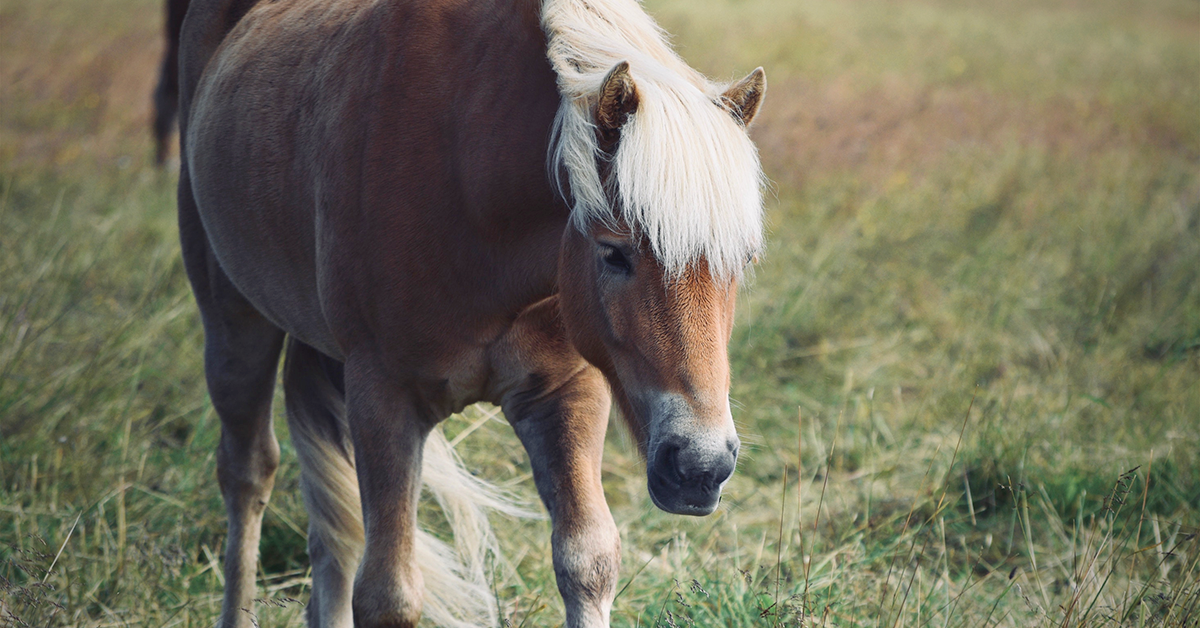
Love this blog post? We think you may enjoy What the Hay? Advice for Feeding Forage by Casie Bazay.

